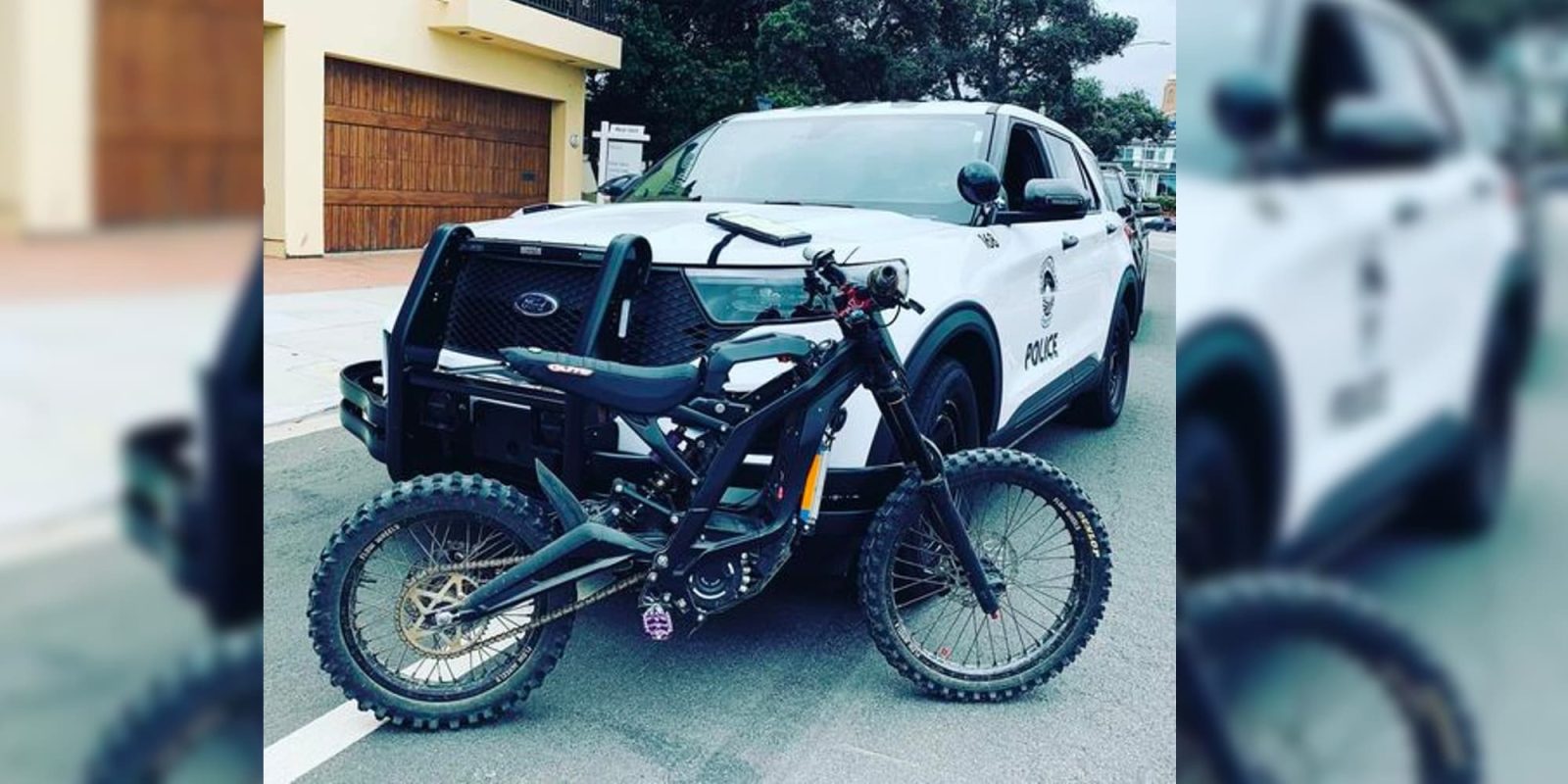
In recent years, Sur Ron-style electric trail bikes have surged in popularity among young riders across the US. These lightweight, nimble, and powerful machines are quickly becoming the go-to choice for adrenaline-seeking youth, and there are several reasons behind this trend.
First defined by the Sur Ron electric motorbikes that largely built the category in the latter part of the last decade, electric trail bikes have become popular among younger riders who favor their combination of freedom, power and accessibility.
Just don’t confuse them with actual electric bicycles. Unlike most e-bikes, whether more traditional electric mountain bikes or even the moped-style SUPER73 and other imitation mopeds, electric trail bikes like those from Talaria, Sur Ron, Tromox, and others are a far cry from street-legal electric bicycles.
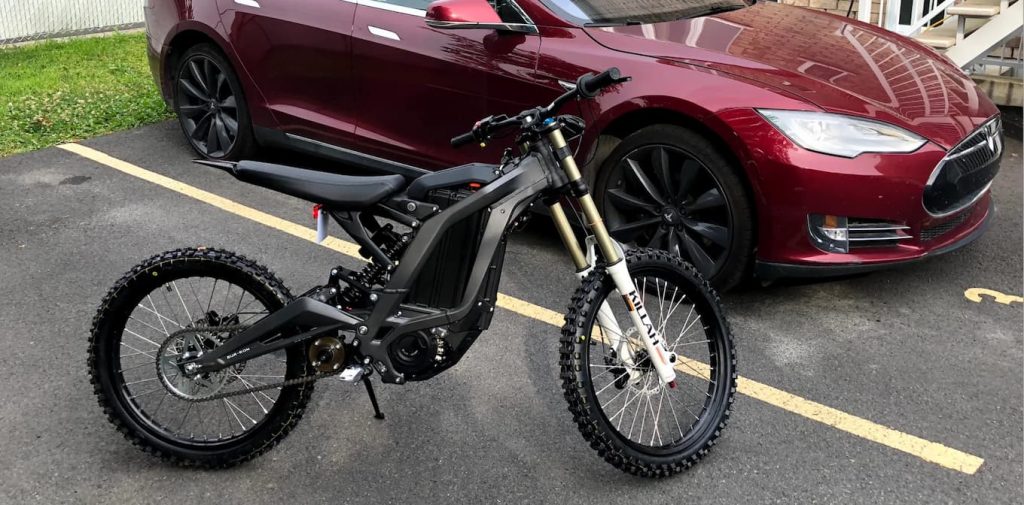
It’s not just that they lack pedals, immediately removing them from the electric bicycle category altogether. But they’re also usually around 5-10x more powerful than a typical electric bicycle, feature long-travel full suspension for more aggressive riding, and are priced at a fraction of what an honest-to-goodness dirt bike or street motorcycle usually costs. They’re also incredibly accessible, meaning they take little more experience than a bicycle to ride and don’t require the operator to understand the intricacies of fiddling with a carburetor or swearing while searching around for a 10mm socket each weekend.
Basically, they’re the Honda 50 of today’s generation, minus the exhaust and the oil stains. They’re ubiquitous, affordable, and easier to ride than ever before. Except that, unlike the good ol’ Honda 50, they aren’t exactly street-legal. At least, not most of the time. More on that in a moment.
A blend of power and control
Sur Ron-style electric trail bikes offer a unique combination of power and control that appeals to younger riders, especially those in their teens and twenties. With their powerful electric motors, these bikes can reach impressive speeds, yet they remain easy to handle thanks to their lightweight and intuitive design. Even the most entry-level of the category can often reach speeds of up to 40 mph (64 km/h). Many riders know how to tinker their way to higher speeds on such models, though new offerings that push speeds closer to 60 mph (96 km/h) are quickly joining the market.
This balance of high power and simple controls makes them accessible to beginner riders looking for a thrill. However, it can also lead to many new riders getting in over their heads when they haven’t built up the requisite skills and experience to handle what can prove to be too much power for the uninitiated.
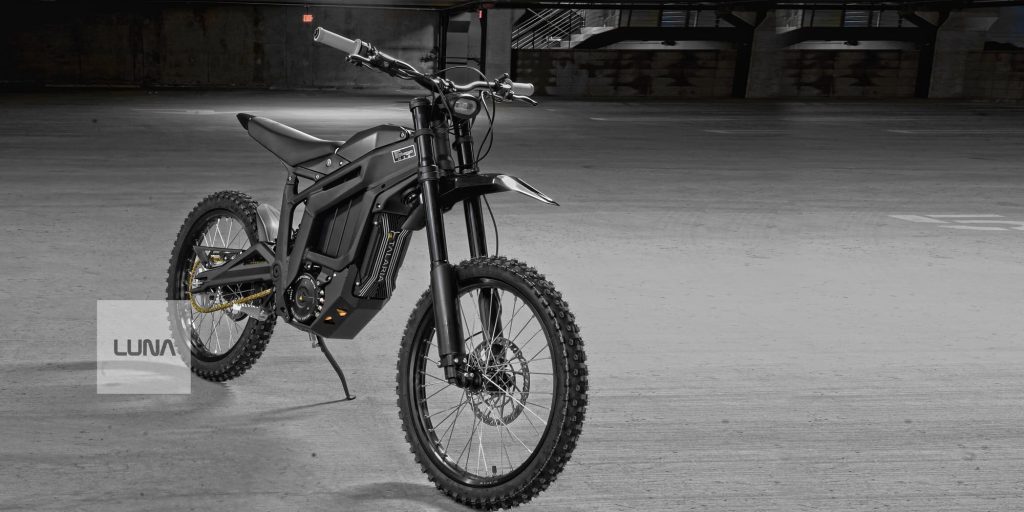
Low maintenance and cost-effective
Compared to their gas-powered counterparts, electric trail bikes require significantly less maintenance. There’s no need for oil changes, keeping a fuel can handy, or making complex engine repairs that require poring over a grease-smudged owner’s manual in the garage. This makes ownership much more convenient and affordable for young riders.
The cost-effectiveness of these bikes, combined with lower operating costs, also helps make them an attractive option for those on a budget. With Millennials and Zoomers more cash-strapped than ever, the ability to get their speed and power fix for a few thousand dollars compared to a much more expensive “real” motorcycle is an enticing option. A traditional dirt bike might cost $5-10k when purchased new, not including all the other costs of ownership. An electric motorcycle can be even more expensive, though lower-cost electric motorcycles are becoming more common. But an electric trail bike like a Sur Ron or Talaria can cost as little as $3k, making them far more accessible to younger riders. And after the initial purchase, the cost of ownership is nearly zero.
Even more importantly, unlike larger combustion engine motorcycles that usually require a trip to a dealership and a complicated ordering process, ordering an electric trail bike can be as simple as clicking ‘Buy Now’ on Amazon. A few days later, a cardboard box full of adrenaline and questionable decision-making shows up in your driveway. Cruising at 50 mph is just one click away.

Legal gray area leaving plenty of wiggle room
Electric trail bikes like those from Sur Ron, Talaria, and others exist in something of a legal gray area.
They certainly aren’t street legal in most areas, but they also usually aren’t required to be registered for off-road use, either. California is one of the few states that has made headway in issuing regulations regarding such motorbikes, but most states simply haven’t had time for their laws to catch up with the proliferation of affordable light electric motorbikes like these.
While these types of bikes are inherently designed for off-road riding, many young riders treat them more like street bikes for cruising the neighborhood. This is illegal just about everywhere in the US since these vehicles don’t meet electric bicycle requirements or DOT requirements for street vehicles. But the lack of familiarity of such laws among many local law enforcement departments means that many riders have gotten away with skirting the laws.
More police departments are starting to crack down on road use of such electric motorbikes, but we are still in the early days of these novel vehicles and many police officers are playing catchup.
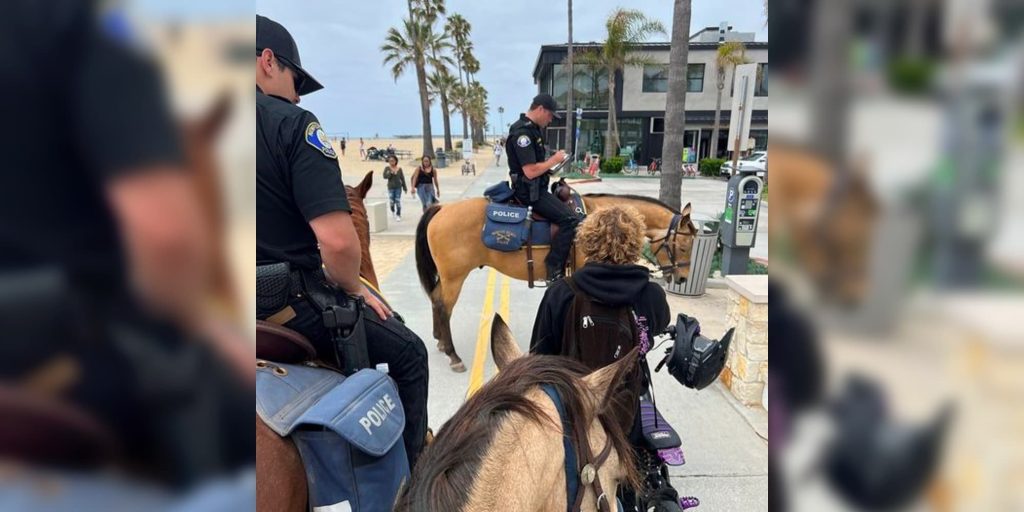
Community and culture
The rise in popularity of Sur Ron-style electric bikes has led to the growth of a passionate community, both in local rider groups and online.
Riders connect through social media as well as group rides and events, sharing their experiences and tips. This sense of community is a significant draw for young riders who enjoy being part of a larger movement and culture that celebrates adventure and innovation, doing so on a shared platform like an electric trail bike.
The ease of modifications and customizations for these bikes, as well as the fairly sophisticated accessories aftermarket, also helps young riders customize their rides as a sense of self-expression. It’s something we’ve seen before in the electric bicycle community, especially among companies like SUPER73 that have developed significant rider culture and brand loyalty, but now the trend has pushed further into the trail bike community as well.
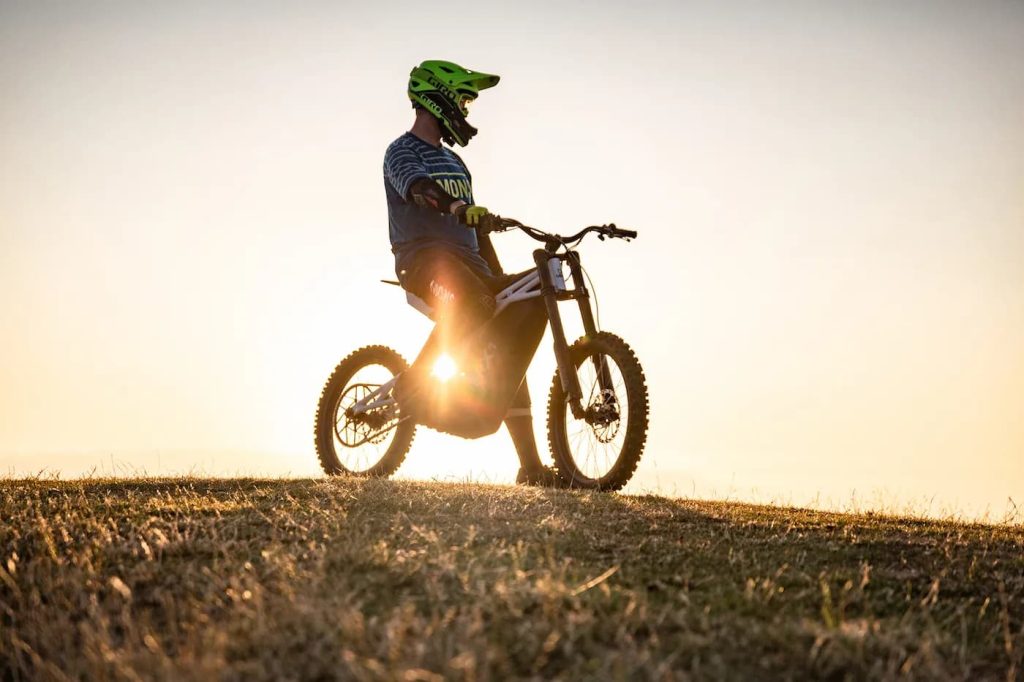
Not without backlash
While young riders have flocked to these powerful and lightweight electric motorbikes in large numbers, the number of detractors has also grown.
Their rise in popularity has not been without controversy. Critics of these bikes have raised concerns about their impact on trail environments, user safety, and the broader implications for outdoor recreation.
One of the primary points of contention is the potential environmental impact of these powerful electric bikes on trails traditionally used by hikers, mountain bikers, and other non-motorized activities. Ironically, while these zero-emission vehicles aren’t impacting pollution levels, they often result in physical damage to the local environment when used in inappropriate areas.
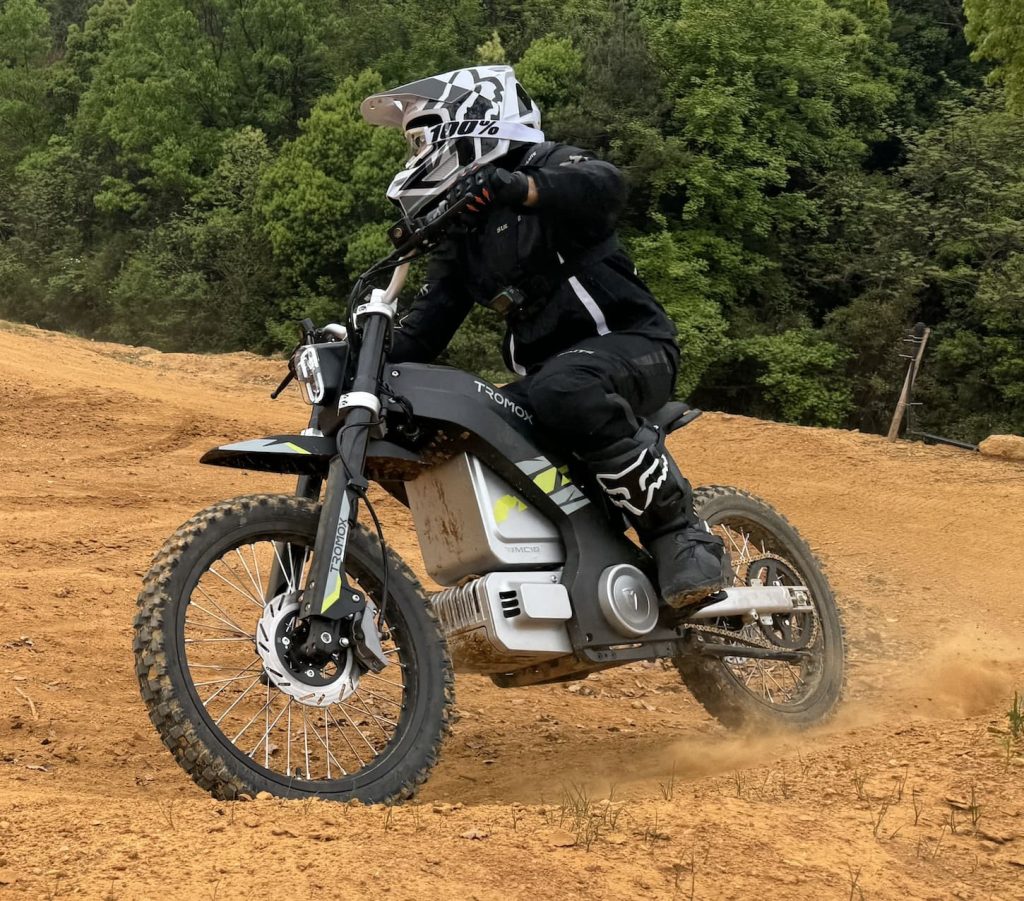
Many motocross tracks and dirt bike trails are specifically designed to handle the power and impact of high-torque motors combined with aggressive tires, but more delicate mountain bike trails are not. These trails are often narrower and built on softer terrain that blends into the local ecosystem, serving as a living playground that balances nature and recreation.
Riders of Sur Ron-style electric motorbikes have been increasingly encroaching upon mountain bike trails, often leading to conflicts. Critics argue that the powerful motors and increased speed capabilities of these bikes can result in more significant wear and tear on trails, contributing to erosion and damage to sensitive ecosystems.
Additionally, there is concern that these bikes might encourage off-trail riding, which can further disturb wildlife habitats and fragile plant life.
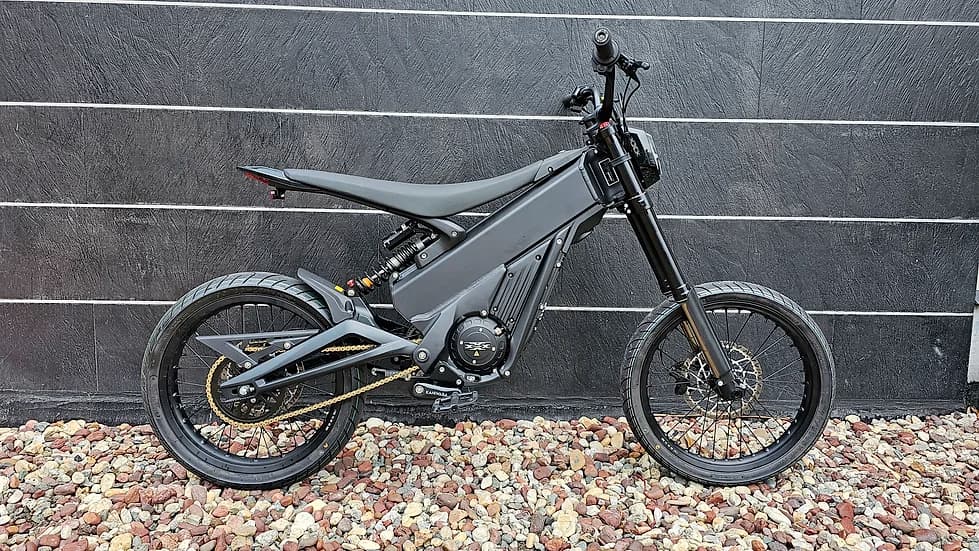
Another major source of backlash comes from conflicts between motorbike riders and other trail users. Traditional trail users such as hikers, equestrians, and mountain bikers often share these natural spaces, and the introduction of fast-moving electric motorbikes can create tension. There have been reports of near-misses as well as dangerous accidents, with critics arguing that the speed and quiet operation of these bikes can catch others by surprise, increasing the risk of collisions. This has led to calls for stricter regulations or even bans on electric bikes in certain areas to preserve the safety and enjoyment of all users.
Unfortunately, traditional electric mountain bikes are sometimes caught up in this storm, as other trail users often fail to differentiate between a more traditional 20 mph electric mountain bike and a 45 mph Talaria trail bike.
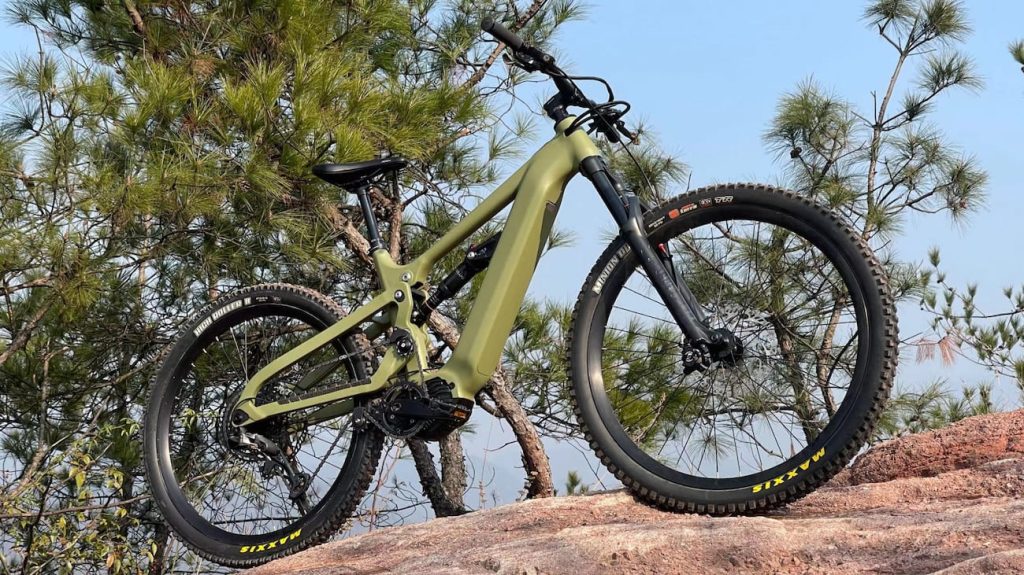
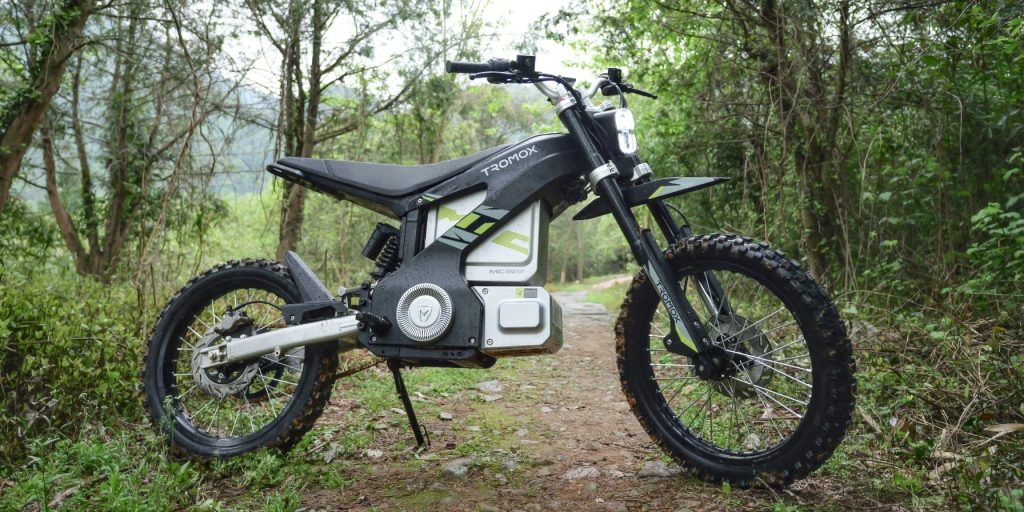
Finally, there is a growing concern about the behavior of some Sur Ron-style bike riders.
Critics argue that the thrill-seeking nature of many young riders can lead to irresponsible riding practices, such as excessive speeding, ignoring trail etiquette, and riding in prohibited areas – both on and off-road.
This has fueled a negative perception of electric trail bike riders in some communities, leading to increased scrutiny and stricter enforcement of existing rules.
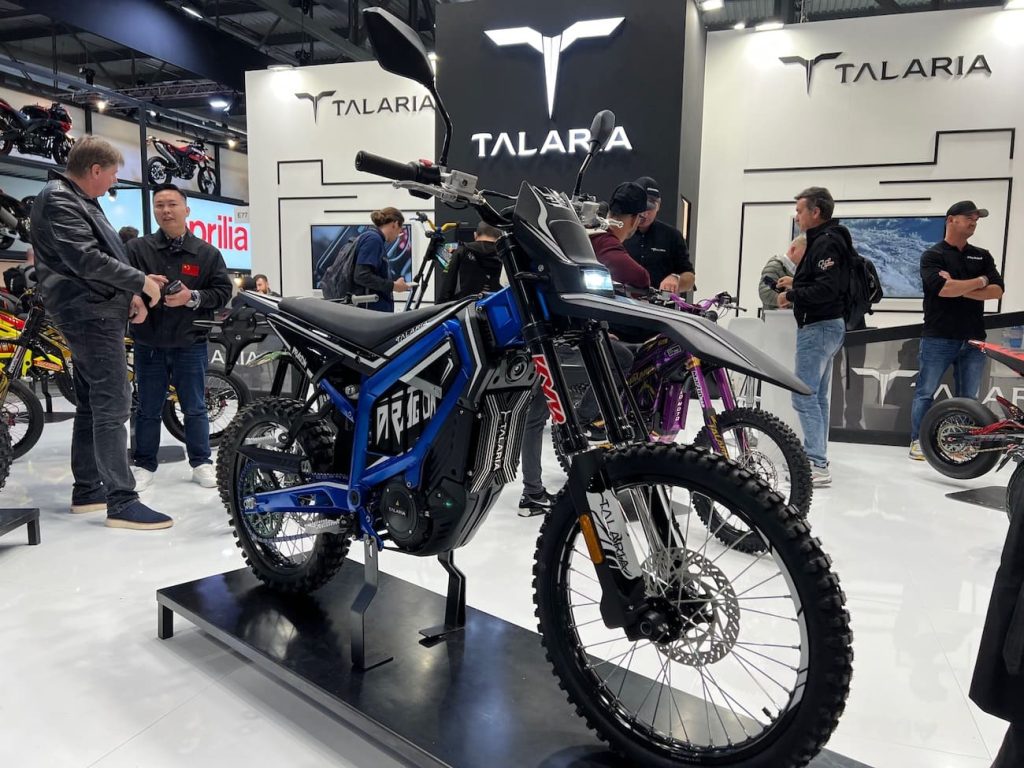
The popularity of Sur Ron-style electric trail bikes among young riders in the US is no passing fad. These bikes offer an exciting blend of power, sustainability, and ease of use that resonates with the values and desires of today’s youth. But at the same time, the illegal road use and potential for trail damage when ridden in inappropriate locations raises serious and legitimate concerns among diverse groups ranging from neighborhood fist shakers to mountain biking communities.
As technology continues to advance, and as more riders discover the joys of electric biking, it’s likely that this trend will only grow stronger in the coming years. But the responsible use of such machines will also become more important if riders hope to continue to enjoy the same type of freedom to operate and ride.
There’s little doubt that the popularity of these bikes will continue to grow, and thus finding solutions that protect both the environment and the safety of all trail users will be essential.
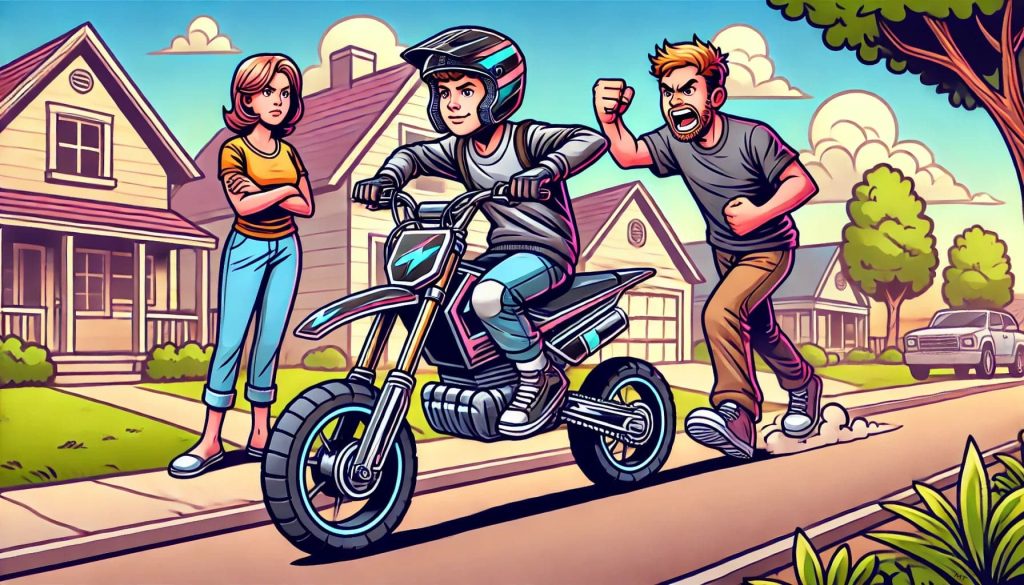
FTC: We use income earning auto affiliate links. More.


